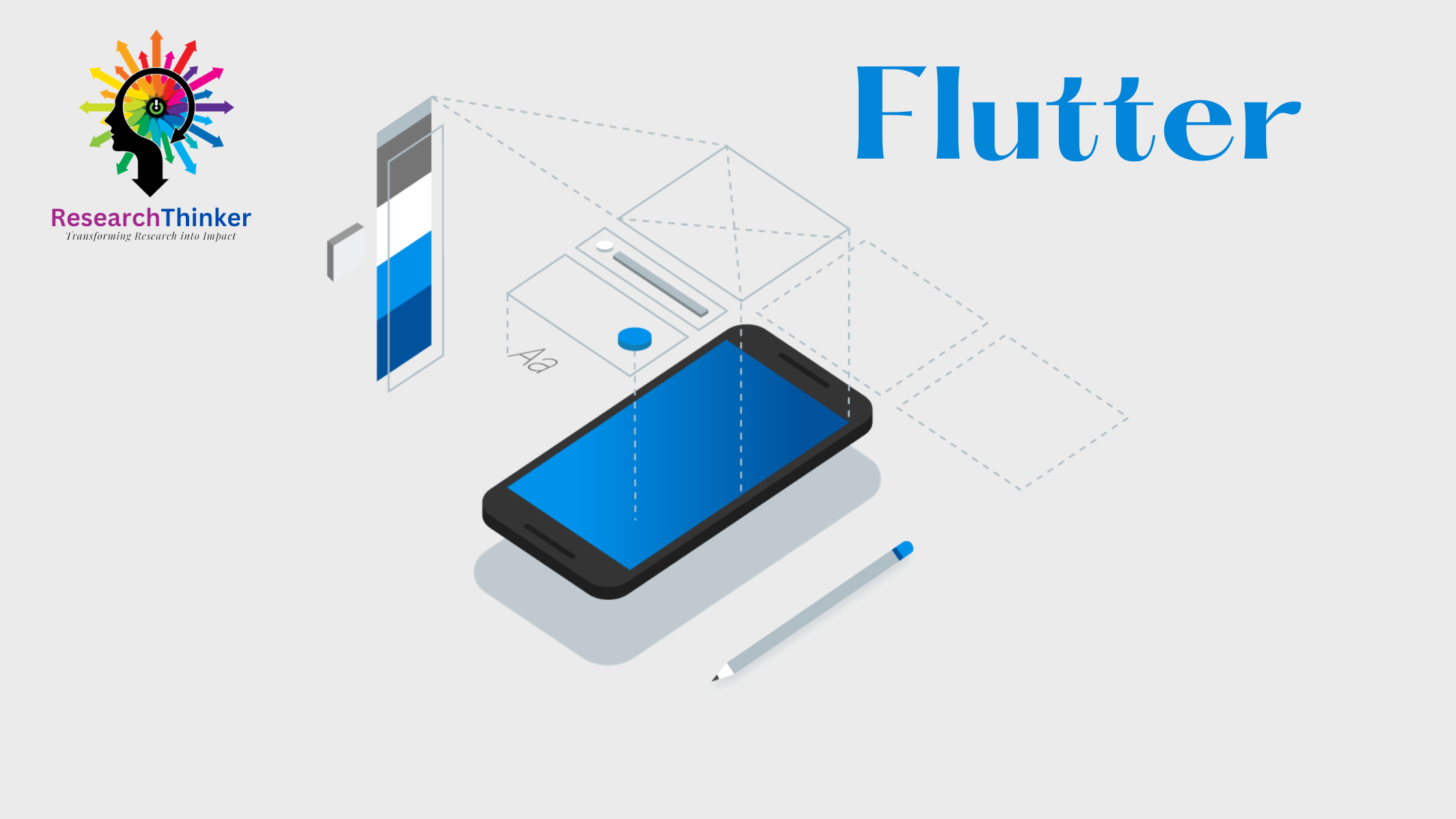- High performance: 60fps performance on both iOS and Android devices.
- Customizability: easily create unique and visually appealing user interfaces.
- Faster development:
- Cross-platform capabilities: Supports both Android and iOS platforms, as well as web and desktop platforms, with the same code.
- Open-source: Flutter is an open-source framework
- Single code: Single codefor multiple platforms
- Rich set of libraries: More than 20,000 packages available on pub.dev
- Access to native features: Easy access to native features and functionality, such as camera, location, and storage.
- Dart programming language: The use of the Dart programming language, which was created by Google, provides a smooth development experience and a rich set of libraries and tools.
- Easy integration with Firebase: Flutter has built-in support for Firebase, a popular backend-as-a-service platform, which makes it easy to add cloud storage, authentication, and other features to apps.
- Hot Reload: Hot Reload is a powerful feature in Flutter that allows developers to instantly see the changes they make in the code reflected in the app’s user interface (UI) without restarting the entire application.
- High-quality graphics: Flutter’s built-in graphics engine allows for high-quality and visually stunning graphics and animations.
- Large community: Flutter has a large and active community of developers who contribute to its development and provide support to others.
- Great for MVPs: Flutter is a great choice for building minimum viable products (MVPs) as it allows for faster development and iteration.
- Easy testing: Flutter provides an easy-to-use testing framework that allows developers to write and run tests for their apps.
- Easy localization: Flutter’s built-in localization support makes it easy to translate apps into different languages.
- Access to plugins: Flutter’s plugin system allows developers to easily add functionality to their apps using pre-built plugins.
- Access to widgets: Flutter provides a wide range of pre-built widgets that can be easily customized to create the desired look and feel.
- Great for building MVPs: With its ability to build and test quickly, Flutter is great for creating MVPs and testing the market.
- Google’s support: As it was created and is maintained by Google, Flutter benefits from the company’s resources and support, which helps ensure its continued development and improvement.
- High-quality UI: The ability to create custom and visually stunning UI elements with Flutter’s built-in widgets and graphics engine.
- Improved developer productivity: With the ability to see changes in real-time through hot reload, developers can work more efficiently and quickly iterate on their designs.
- Easy app deployment: Flutter’s ability to build for multiple platforms and web with the same codebase allows for easy deployment across different platforms and devices.
- Customizable gesture control: Flutter’s gesture control system allows for the creation of custom gestures for more intuitive app interactions.
- Reduced development costs: The ability to use a single codebase for multiple platforms and the faster development time reduces development costs.
- Great for building MVPs: With its ability to build and test quickly, Flutter is great for creating MVPs and testing the market.
- Access to third-party packages: Flutter’s access to a wide range of third-party packages allows developers to easily add functionality to their apps.
- Great for building high-performance apps: The ability to create high-performance apps with Flutter’s built-in widgets and graphics engine.
- Access to machine learning features: With access to TensorFlow Lite, developers can easily add machine learning features to their apps.
- Access to AR/VR features: With the use of plugins, developers can easily add AR/VR features to their apps.
- Access to hot restart: Flutter’s hot restart feature allows developers to quickly test changes in the code without losing the current state of the app.
- Great for building complex apps: Flutter’s ability to handle complex app layouts and navigation makes it a great choice for building large and sophisticated apps.
- Access to web and desktop platforms: With the use of Flutter for web and desktop, developers can easily build apps for multiple platforms with the same codebase.
- Access to plugins for machine learning: Flutter has built-in support for machine learning through plugins, which allows developers to easily add features like image recognition, natural language processing, and more to their apps.
- Access to plugins for IoT: Flutter’s support for IoT through plugins allows developers to easily connect their apps to IoT devices and sensors.
- Access to plugins for cloud services: With the use of plugins, developers can easily add cloud services like Firebase, AWS, and more to their apps.
- Access to plugins for e-commerce: Flutter’s support for e-commerce through plugins allows developers to easily create apps for online stores and marketplaces.
- Suitable for building MVPs: With its ability to build and test quickly, Flutter is a great choice for creating MVPs and testing the market.
- Access to plugins for analytics: Flutter’s support for analytics through plugins allows developers to easily track user behavior and app performance.
- Access to plugins for social media: With the use of plugins, developers can easily add social media functionality like login, sharing, and more to their apps.
- Support for inline video: Flutter allows developers to play videos inline with the rest of the content, which enhances the user experience.
- Support for right-to-left languages: Flutter has built-in support for right-to-left languages, making it easy to create apps for a global audience.
- Support for internationalization: Flutter’s support for internationalization makes it easy to create apps that can be used in different languages and regions.
- Access to plugins for push notifications: Flutter’s support for push notifications through plugins makes it easy to send notifications to users and engage them with the app.
- Access to plugins for in-app purchases: With the use of plugins, developers can easily add in-app purchases to their apps, which can be used to sell digital goods and subscriptions.
- Access to plugins for geolocation: Flutter’s support for geolocation through plugins allows developers to easily access the device’s location and use it in their apps.
- Great for building progressive web apps (PWA): Flutter’s ability to build web and mobile apps with the same codebase makes it great for building progressive web apps (PWAs) that can be accessed from any device.
- Access to plugins for augmented reality (AR): With the use of plugins, developers can easily add augmented reality (AR) features to their apps, which can be used to create immersive experiences.
- Access to plugins for virtual reality (VR): Flutter’s support for virtual reality (VR) through plugins allows developers to easily create VR apps.
- Support multiplatform and also suitable for smart watch



